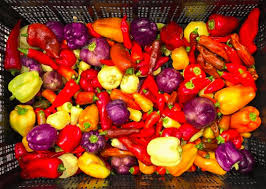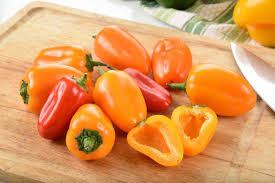HOW TO GROW CHILLIES- PEPPER VEGETABLES NOW

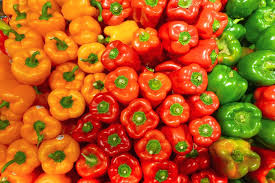
Chillie – Pepper farming is part of a fast – growing industry and pretty much active in all countries of the world. With the recent advancement in technology, farmers can now comfortably grow chillie – peppers and a variety of vegetables in a country where such crops can hardly survive.
Chillie – Peppers is one of the most consumed vegetables in the world simply because it has so many valuable medicinal properties due to the nutrients, vitamins, minerals, and organic compounds contained in them. Chillie- Pepper reduces LDL cholesterol levels in obese people and fresh chillie peppers, red and green, are a rich source of Vitamin C.
There are many chillie cultivars but to name a few: Anaheim, Inchanga, Long Red Cayenne, Trinidad, Long Slim Cayenne, Pendent, Scotch Bonnet, Serrano Spitfire, Habanero, Super Cayenne, Ristra, Super Chillie, Skyline. However, the four most popular types of chillie peppers include: Ghost Peppers, Habanero, Jalapeno, and Poblano peppers.
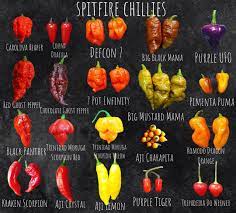
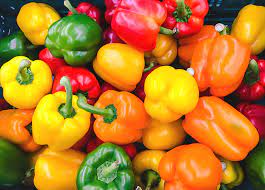
Soil Requirements
They prefer a sandy soil that is well drained. The roots are concentrated in only the top 30 to 40cm of soil so irrigation needs to be very well managed to prevent moisture stress in the soil, to which the plant is very sensitive. The organic content must be high in the soil, otherwise organic material and compost must be mixed into the soil prior to planting. The ideal pH of the soil must be between 6.0 and 7.0.
Climate
Chillie is a warm climate crop that is sensitive to cold, frost and growth is severely hampered by temperatures below 15ºC but also by temperatures over 35ºC. They do best when the daytime temperatures fluctuates between 24ºC and 30ºC. Once the fruit is starting to ripen it prefers dry weather without rain, as rain creates disease and irrigation management problems. It also hampers the drying out of the chillie on the plant for those varieties that are stored dry for later sale or dry processing.
Irrigation
Chillies require about 600mm of water during the growing season in the form of rain or irrigation. During flowering and fruit, set water should be sufficient and water-logging should be avoided as the crop is sensitive.Too much water may inhibit flowering and fruit formation and too little lead to flower drop. Furrow and drip irrigation are mostly recommended. If overhead irrigation has to be used, it should not be scheduled for late in the evening because wet leaves and fruit promote diseases. Plants should be dry before nightfall.
Fertilization
In order to realize acceptable yields in peppers, fertilizers must be used and before applying fertilizers, soil tests should be conducted to determine the type and the quality of fertilizer in the soil to ensure optimum plant growth. It should be fertilized with a combination of organic and/or chemical fertilizers.
Uses
Chillies are used as ingredients to add flavor and color to most dishes. They are high in Vitamin A and C, calcium and iron and can be used as a medication to treat asthma, coughs and sore throats.
NEED TO KNOW MORE OR NEED HELP WITH A BANKABLE AND WELL – STRUCTURED FARMING BUSINESS PLAN CONTACT US NOW FOR HELP AT: (27)84 583 3143 or money@global.co.za
d
HOW TO GROW CHILLIES- PEPPER VEGETABLES NOW Read More »
